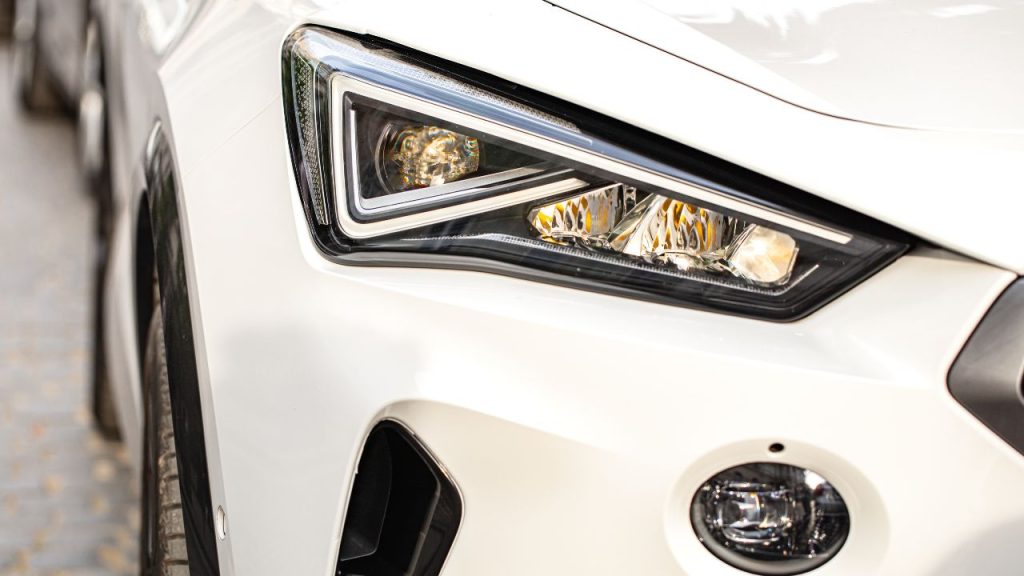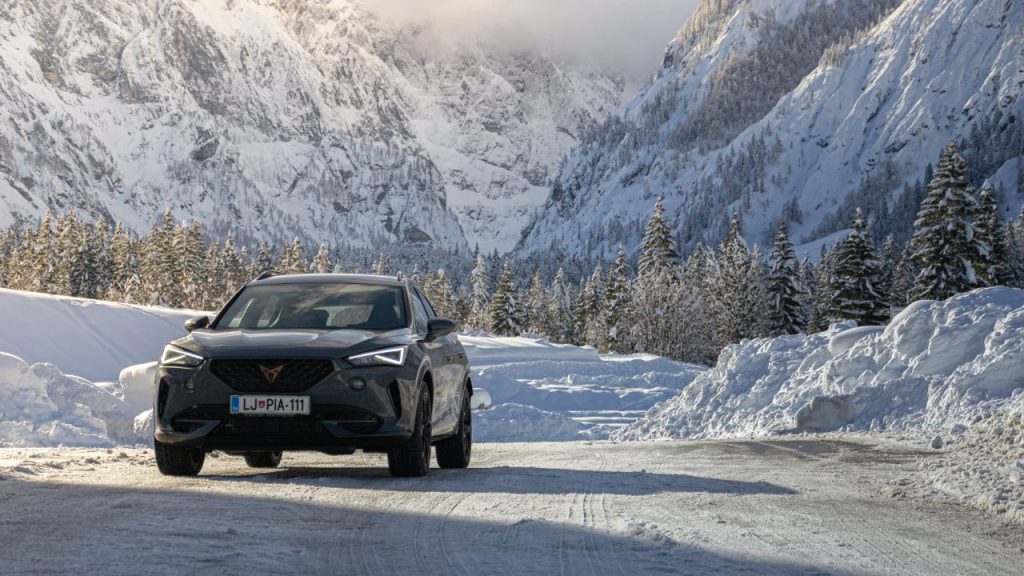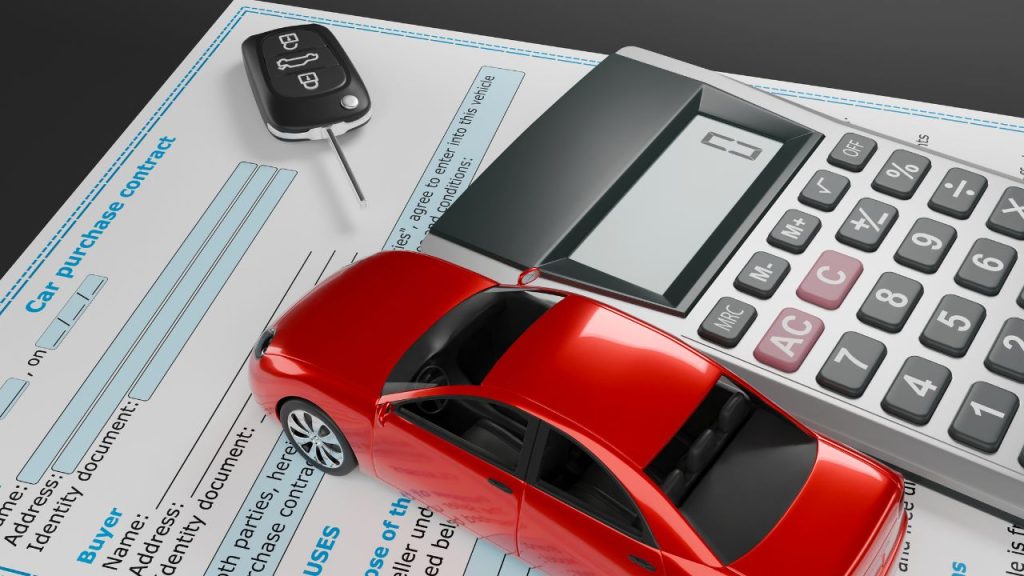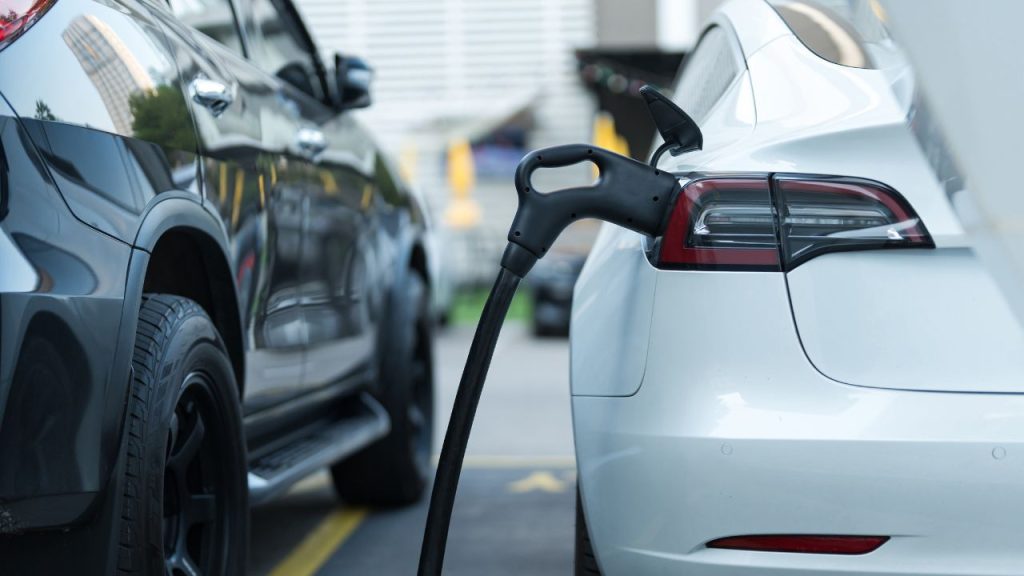CUPRA is a name you have seen increasingly in the car world lately. Known for its stylish looks and powerful engines, CUPRA has quickly gained a following. But what exactly is CUPRA, and who makes these cars? Let’s break it down in a simple and easy-to-understand way.
What is CUPRA?
CUPRA started as part of SEAT, a well-known Spanish car manufacturer. SEAT has been making cars since 1950 and is part of the Volkswagen Group, one of the world’s biggest car companies. CUPRA originally was just the name used for SEAT’s sportier, more powerful cars. Think of it like SEAT’s saying, “This car is fast and fun to drive!”
However, in 2018, CUPRA became its brand. It was like CUPRA graduated and moved out of SEAT’s house to start its own thing. Now, CUPRA makes its cars, even though it’s still closely connected to SEAT and Volkswagen.
Who Makes CUPRA Cars?
Even though CUPRA is its brand now, the cars are still made by SEAT. The main factory where these cars are built is in Martorell, Spain. This is the same place where SEAT cars are made, so you can think of it as a family business where CUPRA has its special workshop.
The engineers and designers working on CUPRA cars ensure these vehicles stand out. They focus on giving CUPRA cars their unique style and performance features, which is why they look and drive differently from SEAT models, even though they share some parts and production processes.
What Kinds of Cars Does CUPRA Make?
CUPRA’s lineup is all about combining sporty performance with everyday usability. Here are some of the popular models you might see on the road:
- CUPRA Ateca: This was one of the first CUPRA models and is a sporty SUV. It’s great for those who want something practical but still fun to drive.
- CUPRA Leon: Available as both a hatchback and an estate (which is like a station wagon), the Leon is known for its sharp looks and powerful engines. It’s perfect for those who want a smaller car with plenty of power.
- CUPRA Formentor: The Formentor is special because it’s the first car designed entirely by CUPRA, without any SEAT version. It’s a crossover SUV, which means it’s a bit bigger than a car but not as big as a traditional SUV. It’s stylish, fast, and has many tech features.
- CUPRA Born: This is CUPRA’s first fully electric car. It’s a hatchback designed to be eco-friendly and exciting to drive. As the world moves towards electric vehicles, the CUPRA Born shows that the brand is ready for the future.
- CUPRA Tavascan: Expected to launch soon, the CUPRA Tavascan will be the company’s first fully electric SUV coupe, reflecting its commitment to expanding its electric vehicle lineup and leading the brand into the future of mobility.
What’s Next for CUPRA?
CUPRA is a brand that’s all about the future. As part of its strategy to be more environmentally friendly, it plans to make more electric cars, like the Born and the upcoming Tavascan. This aligns with the broader goals of the Volkswagen Group, which is pushing towards electrification across all its brands.
“2024 marks the beginning of CUPRA’s biggest product offensive to date with the launch of its new heroes for a new era,” including the all-electric CUPRA Tavascan and the electrified CUPRA Terramar.
CUPRA is also looking to expand its presence around the world. While it’s already popular in Europe, it aims to bring its cars to new markets like Latin America and the Middle East. By the end of the decade, “CUPRA will be entering the U.S. market…with the battery electric version of the Formentor and a bigger electric crossover SUV,” making it an exciting time for the brand’s global journey.
For more detailed insights, you can read the full CUPRA Annual Report.
Why is CUPRA Different?
CUPRA stands out because it offers something different from other car brands. It’s all about performance, style, and technology.
In addition to its vehicles, CUPRA collaborates with lifestyle brands, such as De Antonio Yachts, and has partnerships in fashion and sports, emphasising its premium, sporty lifestyle image.
Even though it’s still closely connected to SEAT, CUPRA has its own identity and focuses on a sportier, more premium experience.

CUPRA’s Unique Place in the Car World
CUPRA might be a new name to many, but it’s quickly making its mark in the automotive industry. With roots in SEAT and backing from the Volkswagen Group, CUPRA cars are designed for those who appreciate a blend of style, performance, and innovation. As the brand continues to grow and expand, it’s clear that CUPRA is here to stay, offering drivers something fresh and exciting.
FAQs About CUPRA Cars
1. What does CUPRA stand for?
2. Is CUPRA owned by SEAT?
3. Where are CUPRA cars made?
4. What is the difference between SEAT and CUPRA?
5. Are CUPRA cars electric?
6. Is CUPRA available outside of Europe?

Ciaran is an automotive enthusiast with a Bachelor of Arts Honours degree in Creative Digital Media from MTU in Ireland and over three years of experience in digital marketing. His unique background combines a love for storytelling with a strong grasp of engaging content creation, making complex car topics relatable and easy to understand. Through years of managing this blog, Ciaran has expanded his automotive knowledge while helping everyday drivers gain new insights.
Passionate about demystifying the driving world, Ciaran focuses on simplifying car trends, tech updates, and practical driving tips. He believes that everyone should feel confident and informed behind the wheel, offering content that empowers readers to make smart, well-informed decisions.




